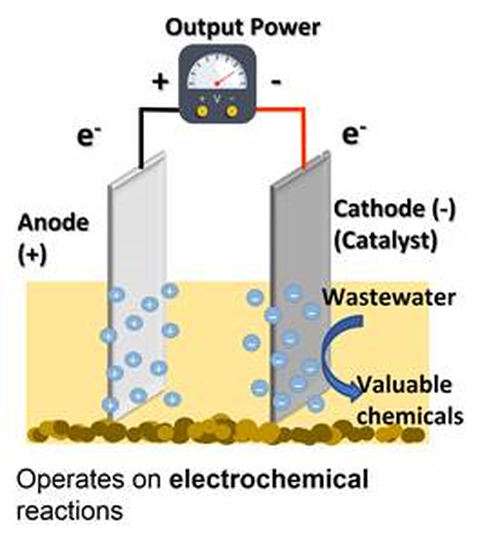Gary Economo
Title: Advancements and Future Directions in Water Filtration Using Graphene Materials
First and last name: Gary Economo
Affiliation: Castlebar Ventures, TSXV, CSE, Haidro.
Short Biography:
“Mr. Economo has a distinguished business leadership career, serving as CEO for several public and private high technology companies during the last 40 years. A former President and CEO of Focus Graphite, Grafoid Inc., Braille Battery, Stria Lithium, Dynasty Components Inc., Xcite Resources, Mr. Economo enjoys a long history of graphite exploration, Graphene process along with applications development, marketing, and sales for high-tech, energy storage and water purification technologies and applications.
Over the span of his business career, Mr. Economo provided strategic consulting and representation services to technology companies in North America, Europe, and Asia. In particular, he has a track record of success and expertise in building shareholder value when tasked with bringing discovery companies to market. Born in Greece and raised in Montreal, Mr. Economo is tri-lingual and lives with his family in Ottawa, Canada.”
Abstract:
In recent years, the field of water filtration has seen significant advancements, particularly with the introduction of two-dimensional (2D) materials such as graphene or graphene oxide and their nanocomposites. These materials, with their high surface area and tunable pore size, have demonstrated superior performance in removing various contaminants, including salt ions, heavy metals, organic pollutants, and microorganisms.
The world produces more than 27 billion gallons a day of water from desalination.
Energy consumption is one of the biggest costs in desalination. 30% to 50% of the total operating cost is the energy component. A typical desalination process requires 3.5KWh/ton.
A novel off grid Electrocatalytic Reactor (ECR) Pre-treatment system added to an existing desalination facility can reduce energy consumption by over 30% and reduce CO2 emissions.
We will discuss the impressive results achieved by the ECT in both laboratory and field tests so far and potential designs to achieve low energy desalination.
Figure 1: Schematic representation of off-grid, graphene-based electrocatalytic reactor (ECR).


